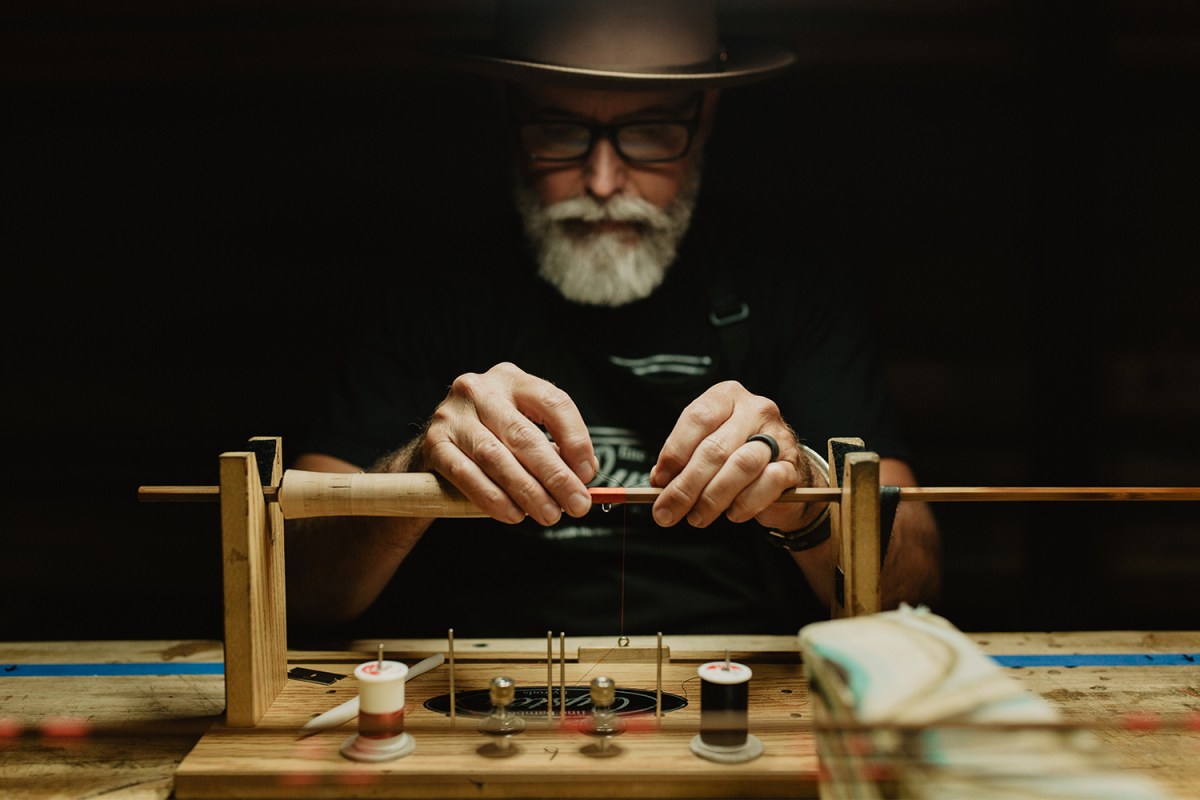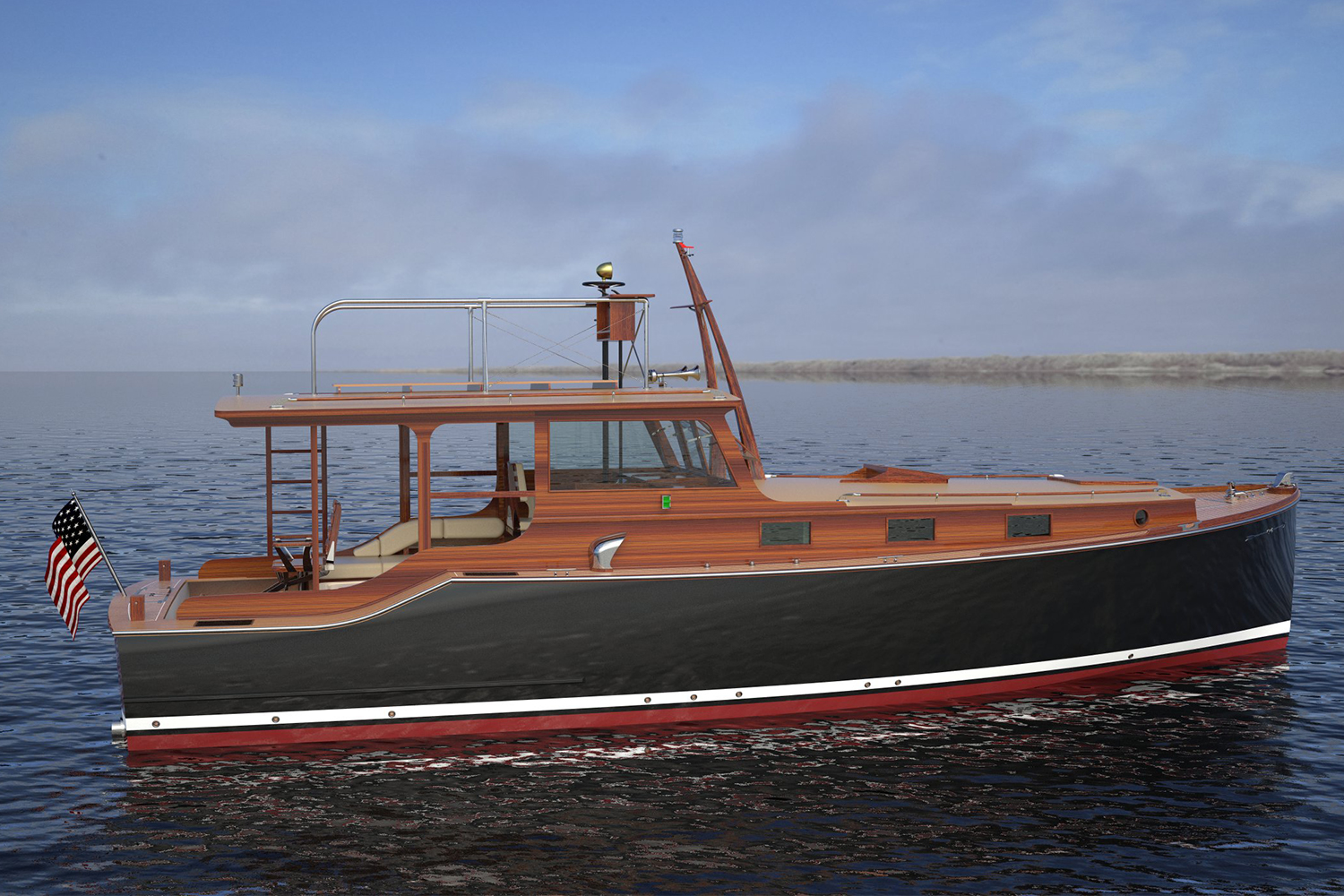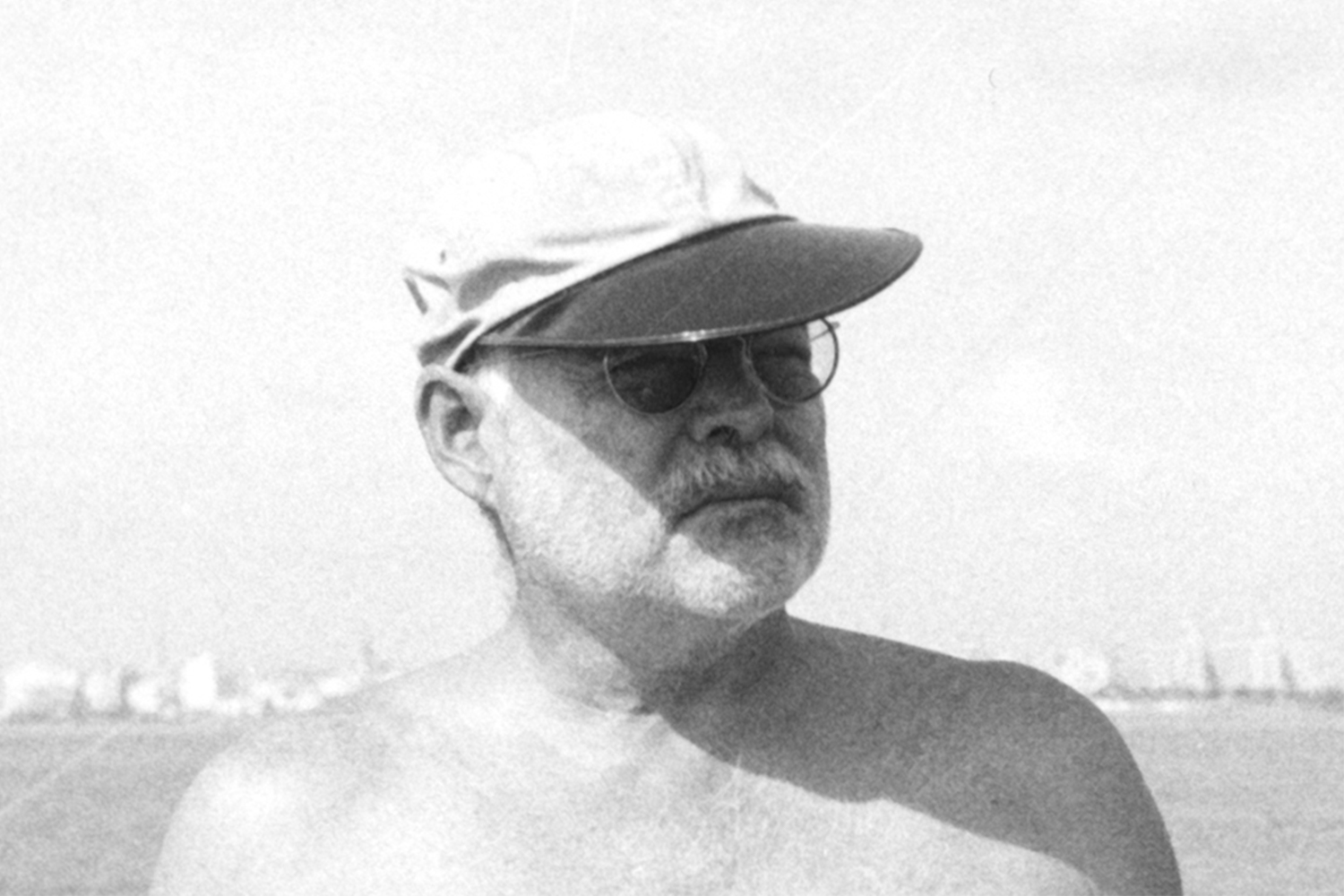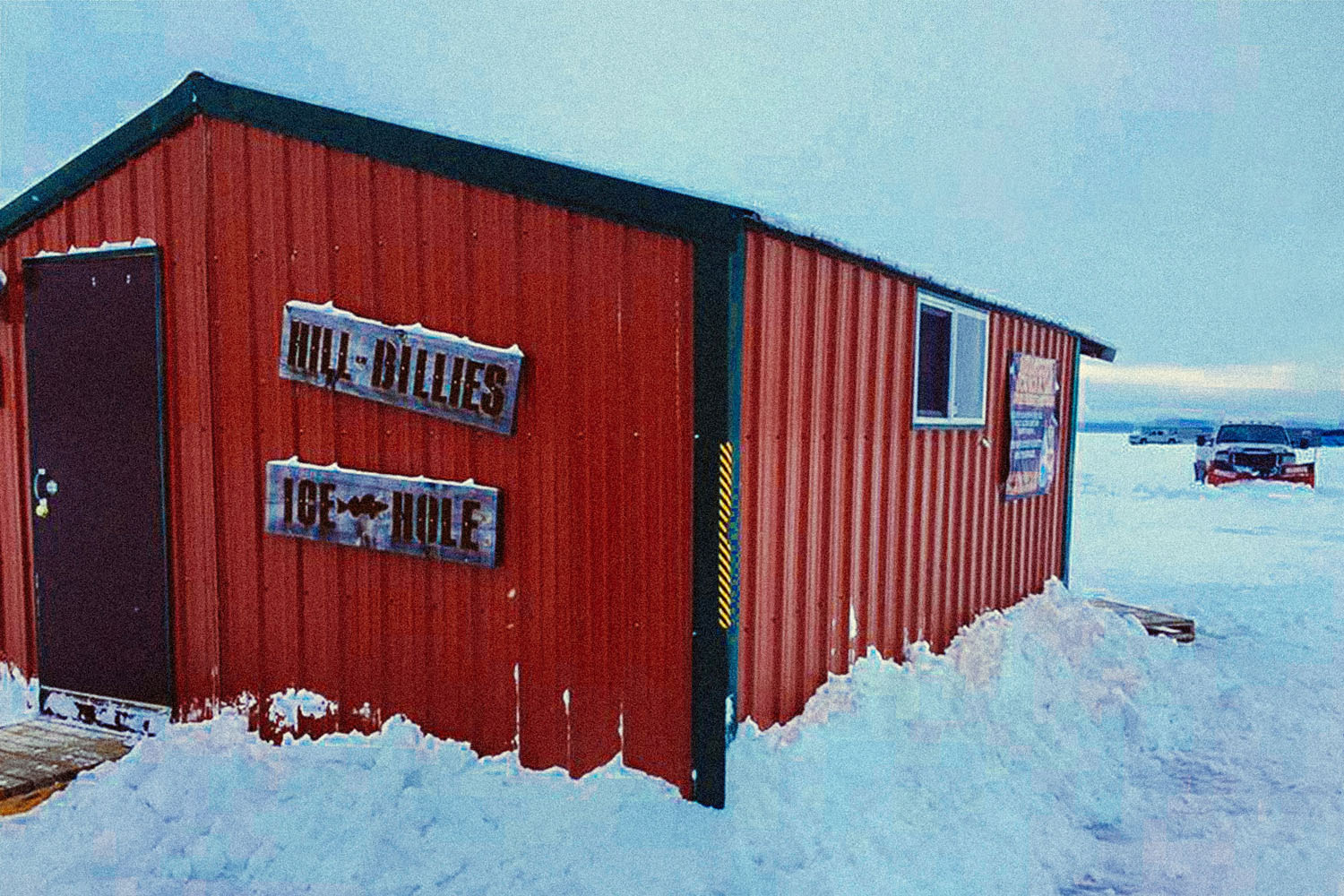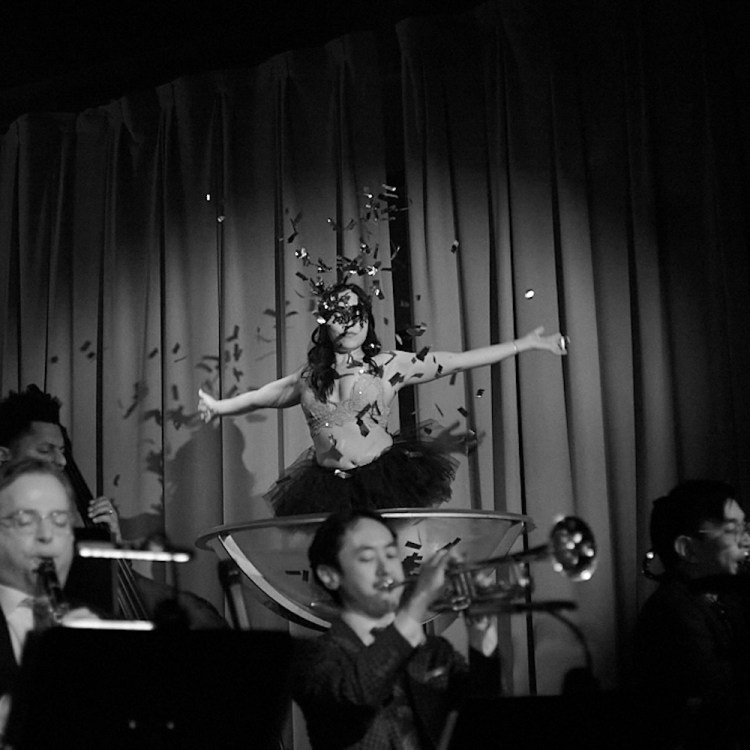Fly fishermen come to Blue Ridge, a small town in the North Georgia mountains called the trout capital of the state, from all over the world to angle year-round. They also come to seek out Bill Oyster, a craftsman who specializes in prized bamboo fly rods.
With his silver beard and mustache, Oyster looks like the quintessential mountain man. (In fact, his father was an early Wrangler model.) He was an up-and-coming competitive cyclist when an accident in 1996 in-between Olympic Trials ended his career. He was riding a cyclocross bike when he hit a log and flipped over, breaking bones down the left side of his body.
“It took me out for most of the season, and that’s when I realized maybe it was time to move onto something,” Oyster told me from the storefront for Oyster Bamboo Fly Rods, a cozy space with a couch and fireplace.
He’d always loved fishing, so he threw his energy into what until then had just been a hobby.
“Fly fishing was my break from [the] competitive, physically-demanding [and] painful. It was nothing but good,” he said. “It was just relaxing, and the cold water was good on my sore legs, all that.”
Oyster was guiding and teaching fly tying lessons, but that wasn’t enough: “I never messed around with manual rods before. I always thought they were cool … I just got it in my head that the only thing cooler than buying one was if I could make one myself. That would be tying your own flies on steroids.”
Graphite and fiberglass models are cheaper, modern alternatives, but Oyster wanted to make his fly fishing rods out of bamboo; the tradition dates back to the 1800s and is now the gold standard in the sport. Despite the long-standing heritage, Oyster ran into a problem: a lack of information. After all, this was long before the DIY scene flourished on YouTube and apps like TikTok. But Oyster scoured the listings at the back of magazines, finally finding the right one.
“I realized I didn’t know anything about it really, so I started reading books. I found a book called A Master’s Guide to Building a Bamboo Fly Rod, and it just got me fascinated with the process of making the things,” he said. “I couldn’t find anybody who’d actually successfully done it, [and] anybody that did know how to do it wouldn’t tell me.”
The “old guard” of the industry, the companies that had been making these bamboo rods for generations, closely protected their processes. He received nasty letters from some, saying that sharing this type of information would put them out of business. But Oyster persevered.
“I had nothing to gain from it other than the experience, so I just spent six months and all my spare time and energy making the worst-looking casting fly rod ever made. But I got it finished, which was my goal.”
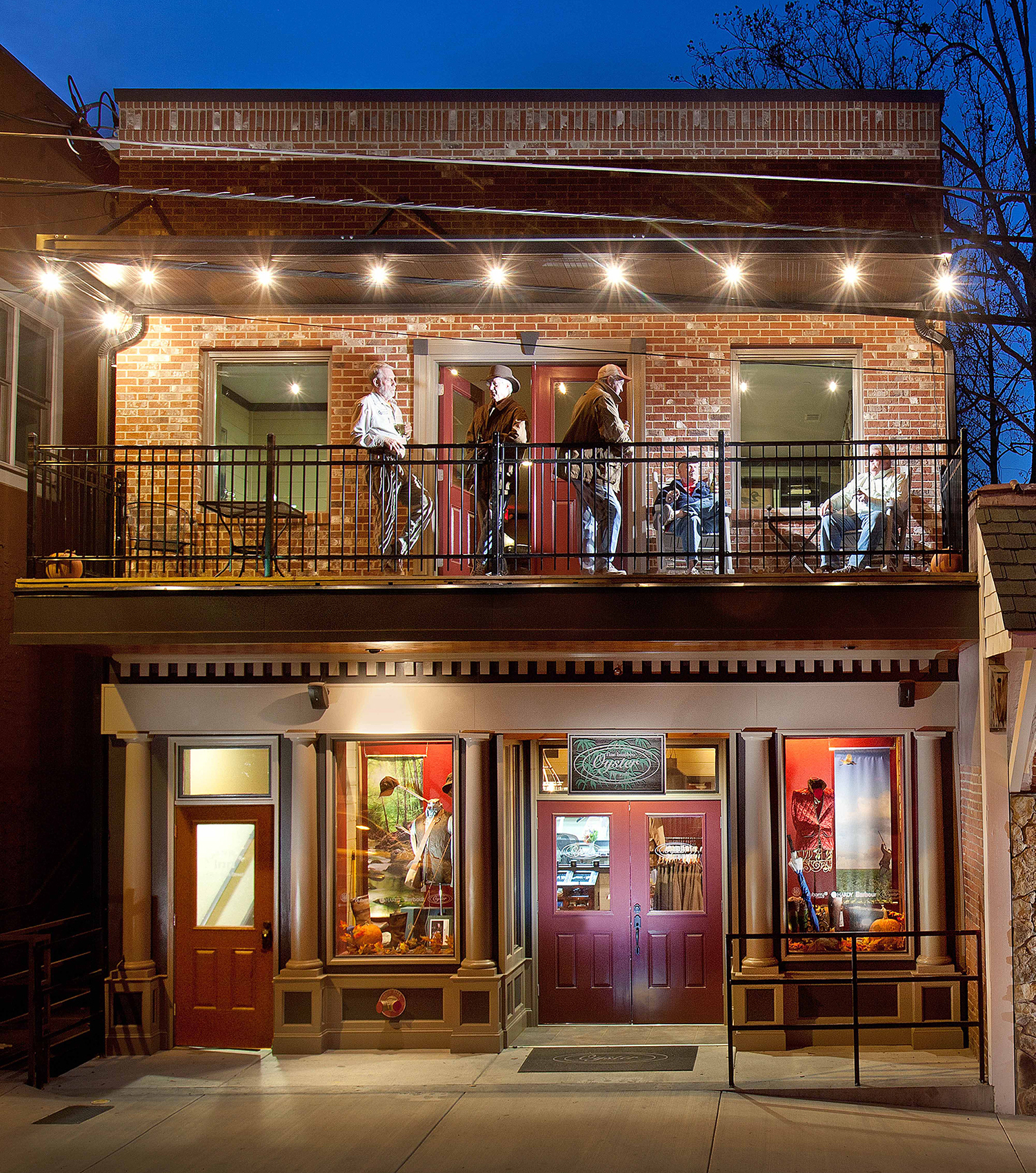
The Beginning of Oyster Bamboo Fly Rods
Over time, he improved. A friend wrote about his work for an Atlanta-based newspaper, leading to his first orders for custom rods. After one set of rods was done, there would be another request.
“Within a relatively short amount of time, at the rate I could make them, I had a four-year backlog of rods. And to this day, I still have never once hit the bottom of my waiting list on custom rods.”
In 1998, Oyster turned his hobby into a full-fledged business. His rods take at least 50 hours to make, equal parts science and art. He and his team might make 40 custom rods in a year, depending on how labor intensive each one is. They’re not inexpensive, either, each starting at around $2,500 and topping out at $13,000; as such, they’re often treated like investments or family heirlooms to be passed from one fisherman to another.
Oyster also adds personality through custom engraving. You’ll usually find him sitting at a contraption that looks like a scientific microscope, carefully cutting the metal pieces that decorate the ends of the rods. He was even commissioned to build a custom rod for President Jimmy Carter, which was engraved on the end with the presidential seal.
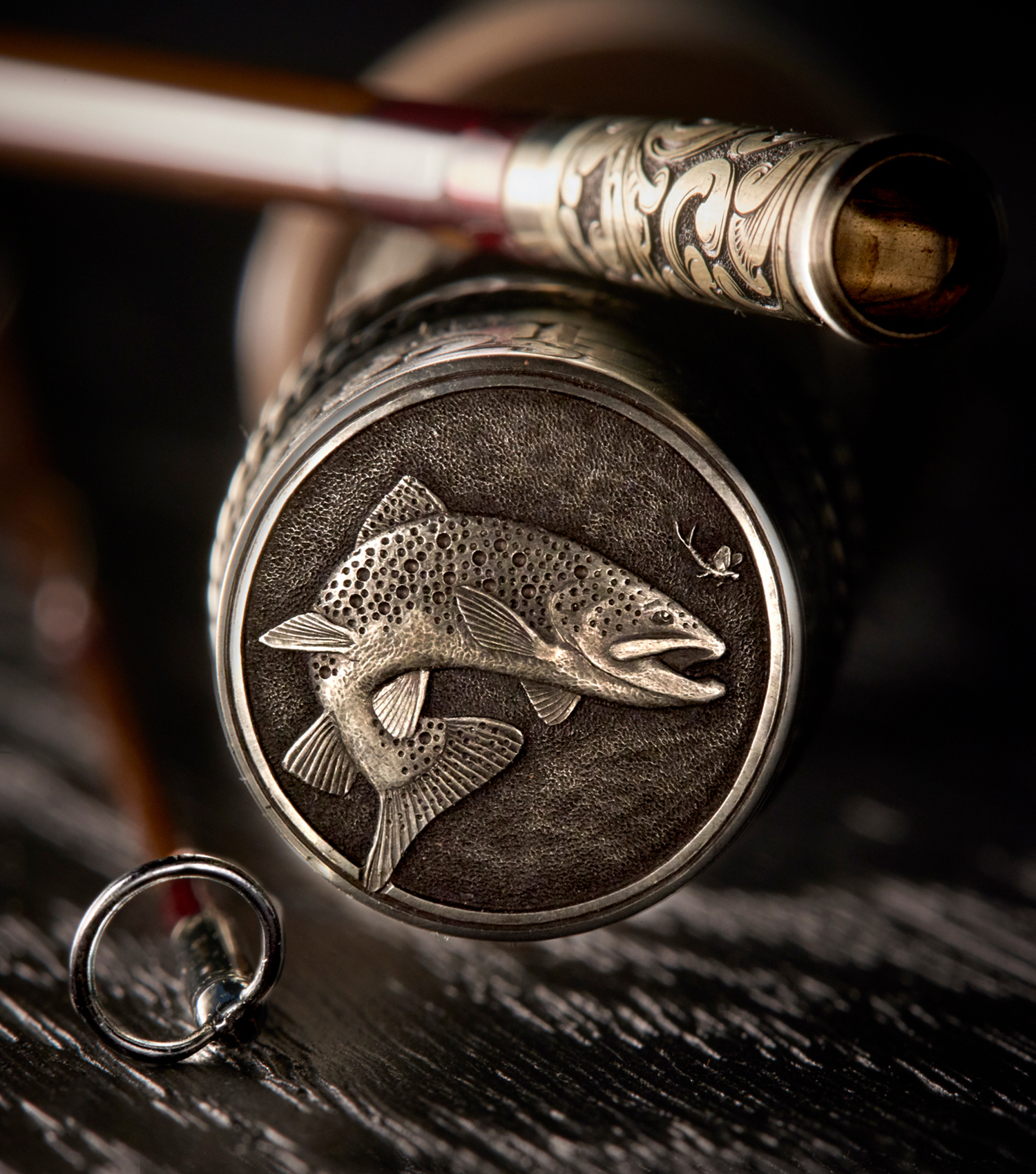
The Bill Oyster School Opens
In 2000, a customer asked if Oyster would teach him how to make his own bamboo fly rod. He hadn’t considered taking on the role of teacher, but when enough interest was generated, he held his first class.
“I just started collecting names, and when I had a handful of names I would call them, and our little group would come over,” he explained. “They told people and the group got bigger and bigger, and now we’re booked solid for almost two years out.”
Some students have saved up for years to attend while others booked a spot on a whim. You might find yourself in a class with a British lord just as easily as a blue-collar worker, all proud of seeing their craftsmanship come to fruition. The classes cost $2,360 and include six days of instruction that ends with a completed bamboo fly rod.
“I can make you the greatest rod you’ve ever seen — it will not compete [with] whatever you make here this week yourself,” Oyster said of his classes.
While most participants are older and male, women and teenagers have also studied under Oyster. Some alumni have earned a coveted spot in the “10 class club.” The week’s class when I stopped in was made up of three returning students.
Not everyone is prepared for what goes into these classes. No prior knowledge is required, so it creates a level playing field. You might be a longtime woodworker, but that doesn’t mean you’ll be a natural at making fly rods.
“It may be the most technical woodworking project,” Oyster surmised. “We’re planing these [strips of wood] with block planes to within 1/1000th of an inch, which is just insane. It’s like a fraction of the width of the human hair.” The tiny bamboo pieces are carefully glued together and bound with silk thread.
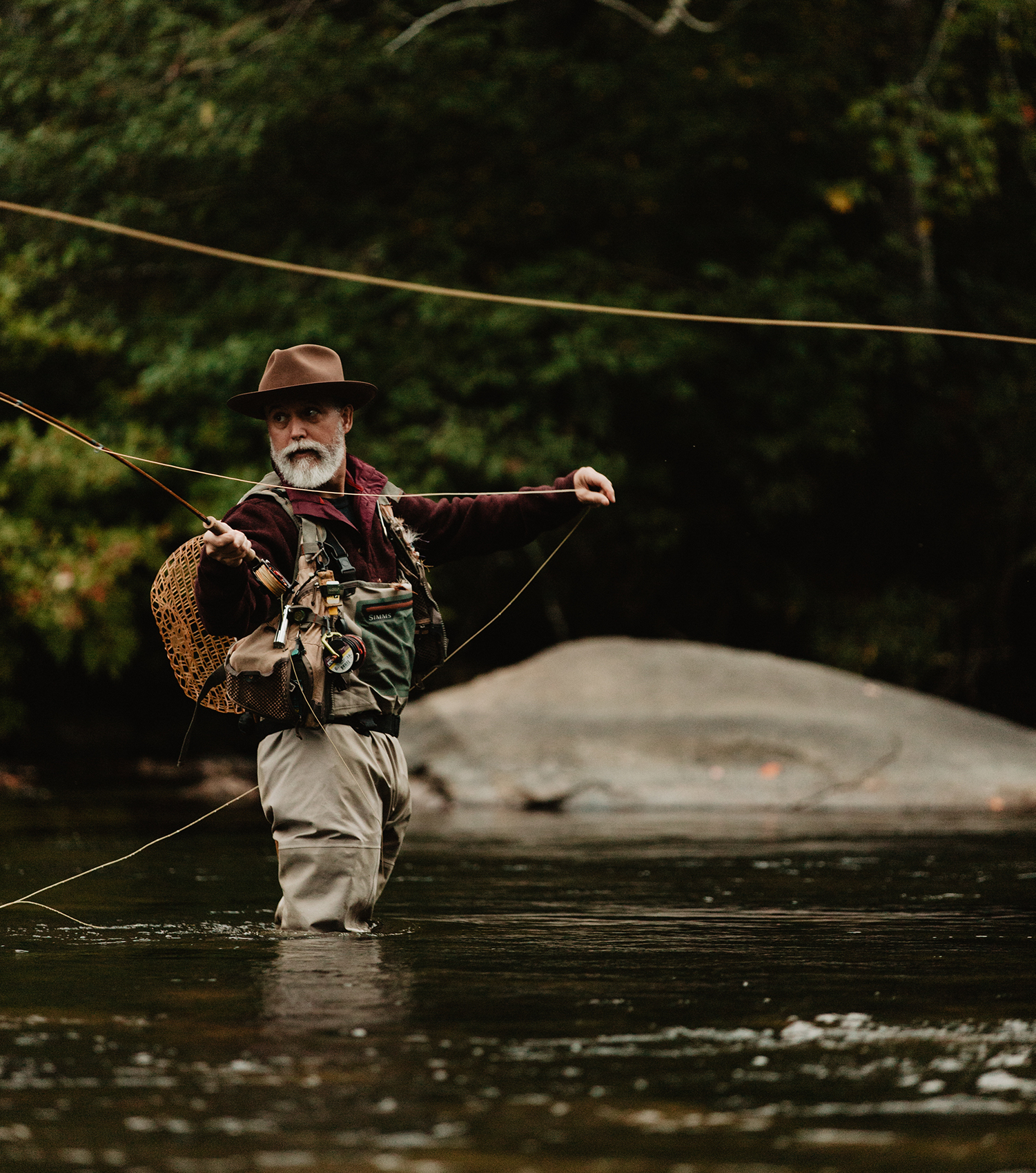
Fishing Through a Pandemic and Beyond
Despite taking two months off at the height of the pandemic, the classes have continued relatively unchanged and are booked through August 2022. There are eight students at any given time working at stations now divided by plexiglass. The instructors walk between the stations wearing masks.
Since the pandemic began over a year ago, fly fishing has seen a rise in interest nationwide.
“I think outdoors, in general, I am seeing a resurgence, and that was the nice thing after all this. If your thing was going to the gym, you were in big trouble,” Oyster said. “But standing in the middle of a river all alone, in the middle of the woods, is the safest thing you could possibly do.”
The people interested in fly fishing are also changing, thanks in large part to the internet.
“I think fly fishing has really found a good niche in the newer generation, because it’s outdoors. It’s beautiful. It’s artistic … It has a catch-and-release ethic,” he said. “It’s all about the beauty and style of it. A lot of cool, fun gear. So it has things that appeal to a younger, more thoughtful crowd, too.”
And it’s not just a hobby behind a screen. Oyster has created a real-life community for fly fishing neophytes and experts alike in Georgia. It’s this enthusiasm that keeps the sport, which has traditionally skewed to the older end of the demographic, going for future generations to enjoy.
Whether you’re looking to get into shape, or just get out of a funk, The Charge has got you covered. Sign up for our new wellness newsletter today.
